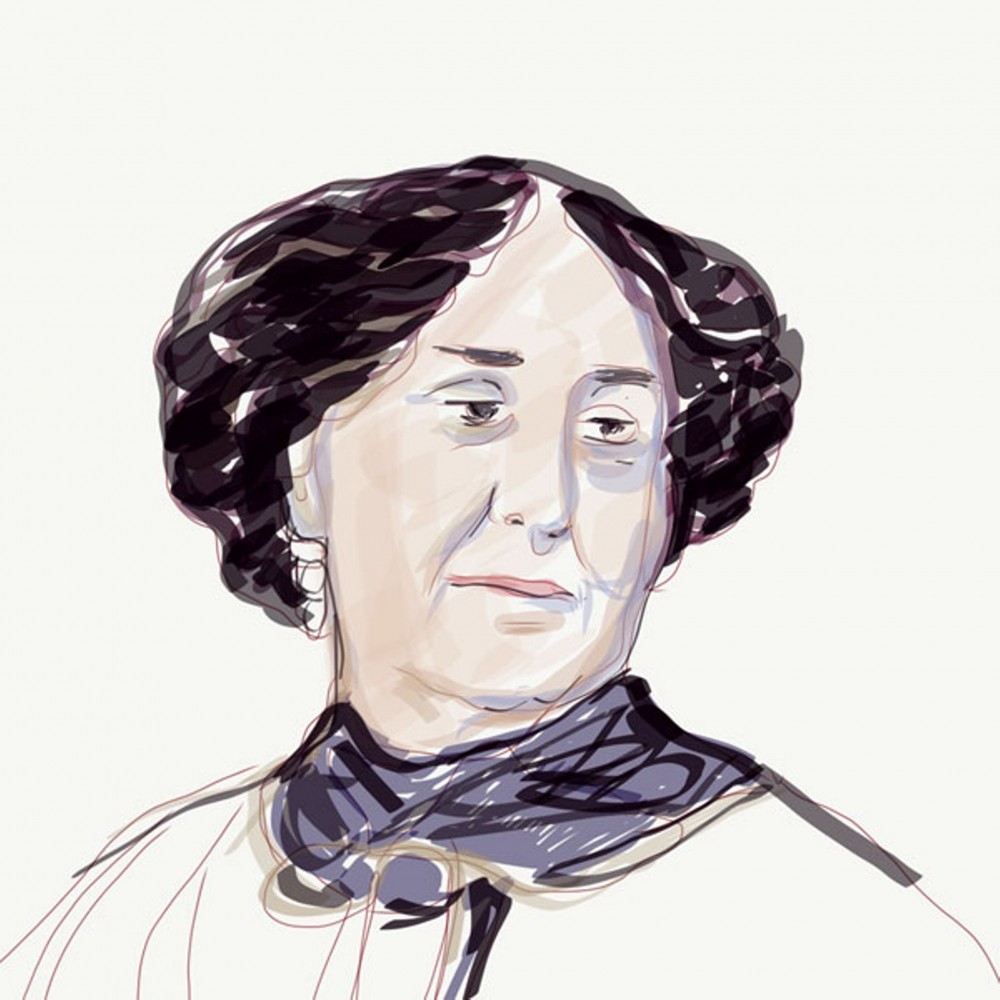
At the end of the nineteenth century the Romantic image of Eustahija Arsić (1776—1843) was introduced to the Serbian national pantheon as the first Serbian woman writer and philosopher of the modern age. This image was based first and foremost on her book “Useful Thoughts on the Four Seasons” which appeared in Budim in 1816 under that author’s name. In the second half of the twentieth century several scholarly studies and a biography were devoted to Arsić. More recently this image has attracted the attention of scholars of women’s literature in South Slavic countries. These scholars note that her “Thoughts”, while influenced by Western pre-romantic (sentimentalist) literature, illuminate a wide range of fields, including philosophy, ethics, history, natural science, anatomy, physics, and religion, while at the same time they introduce the genre of the “feminist essay” into Serbian literature. The poems that are included in “Thoughts” appear in anthologies of Serbian literature as original poems by Arsić. The present essay shows that the ideas about the originality, European erudition, cosmopolitanism, personal tone, philosophical gifts and poetic talent are highly exaggerated, and that the image of this author is a cultural construct that was created at a certain stage of the formation of Serbian national literature and was reconceived at a later time. The essay establishes that Arsić’s “Useful Thoughts” is a compilation of essays, tracts, and poetry that appeared in Russian journals from the late 1780s to the early 1810s. These works (including some by Nikolai Karamzin) were transferred into her book with minor orthographic and grammatical changes (e.g. masculine noun endings are changed to feminine ones) and without any indication of the source. The work of the compiler of “Thoughts” consisted solely in taking the sentimental texts of Russian male authors and attributing them to a pious female author. The essay does not simply give the direct sources of this “Slavono-Russian” book of “the first Serbian woman writer” and describe the process of adaptation of the “foreign” as a stage of the national and literary self-affirmation of the “younger” Slavic culture, but it also offers material for a more general (philological and literary-critical) study of the “Slavono-Russian” period in the history of Serbian literature in particular and “pan-Slavic” pre-romanticism more generally. The case of Arsić is likewise interesting for a comparative analysis of the formation of national literary “pantheons” and for a gender history of Russian and other Slavic literatures.
Source: Vinitsky I.Yu. (2019) The First Serbian Female Writer: From the History of Nineteenth-Century Women’s Literature. Slověne. International Journal of Slavic Studies. Vol. 8. № 1: 284-327
Source web-site: http://http://slovene.ru/2019_1_Vinitsky.pdf
Number of views: 1834